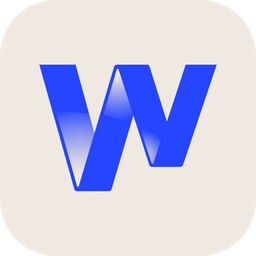Performance
- react-hook-form:
React Hook Form is highly performant due to its use of uncontrolled components and minimal re-renders. It only re-renders components that are directly tied to the form state, making it an excellent choice for applications with many dynamic fields.
- formik:
Formik can lead to unnecessary re-renders if not optimized properly, as it relies on React's state management. However, it provides tools like
setFieldValueandsetFieldTouchedto help manage performance effectively in larger forms. - final-form:
Final Form is designed to be lightweight and efficient, minimizing re-renders by only updating components that are directly affected by form state changes. This results in better performance, especially in forms with many fields or complex validation logic.
Validation
- react-hook-form:
React Hook Form supports both synchronous and asynchronous validation and integrates well with external validation libraries. It allows for easy validation schema integration, enabling developers to define complex validation rules in a straightforward manner.
- formik:
Formik provides built-in support for validation through its
validatefunction and integrates seamlessly with validation libraries like Yup. This allows for a structured approach to validation, making it easier to manage complex rules and error messages. - final-form:
Final Form offers a flexible validation mechanism that allows developers to define validation rules at the field level. It supports synchronous and asynchronous validations, making it easy to handle complex validation scenarios without cluttering the form logic.
API Design
- react-hook-form:
React Hook Form utilizes React hooks to manage form state, providing a modern and intuitive API. This approach allows for cleaner and more readable code, making it easier for developers familiar with hooks to adopt.
- formik:
Formik provides a more opinionated API that encourages a structured approach to form management. It offers a higher-level abstraction for managing form state, which can be beneficial for larger applications but may feel restrictive for simpler forms.
- final-form:
Final Form has a minimalistic API that focuses on simplicity and flexibility. It allows developers to manage form state and validation without imposing a specific structure, making it adaptable to various use cases.
Learning Curve
- react-hook-form:
React Hook Form is relatively easy to learn, especially for developers already familiar with React hooks. Its minimalistic approach and clear documentation make it accessible for beginners and experienced developers alike.
- formik:
Formik has a moderate learning curve due to its comprehensive features and structured approach. While it provides a lot of functionality, new users may need some time to fully grasp its concepts and best practices.
- final-form:
Final Form has a gentle learning curve, especially for developers familiar with React. Its straightforward API allows for quick integration into existing projects without a steep learning curve.
Community and Ecosystem
- react-hook-form:
React Hook Form has quickly gained popularity and has a vibrant community. It offers excellent documentation and a growing ecosystem of plugins, making it a strong choice for modern React applications.
- formik:
Formik has a large and active community, with extensive documentation and a variety of plugins available. This makes it easier to find solutions to common problems and integrate with other libraries.
- final-form:
Final Form has a smaller community compared to Formik and React Hook Form, but it is well-documented and actively maintained. Its ecosystem is growing, with a focus on performance and simplicity.





















